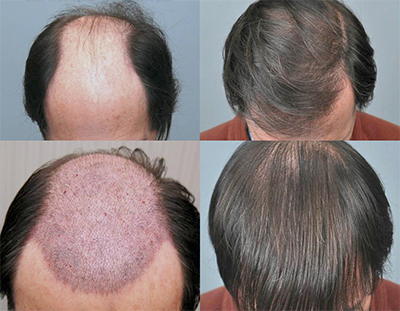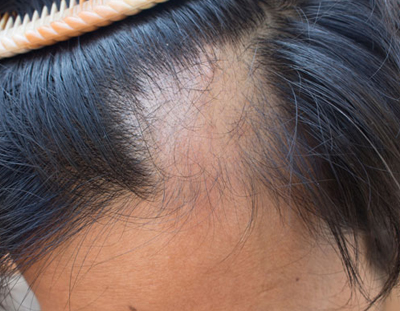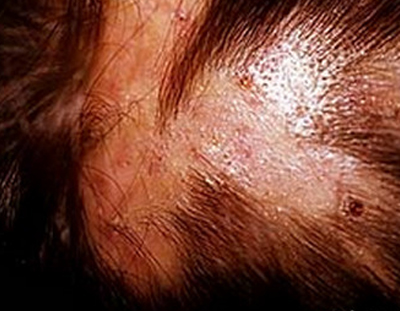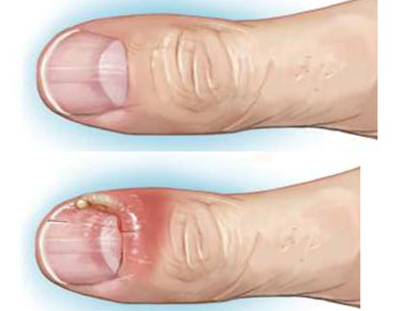Hair transplantation is a surgical technique that moves individual hair follicles from back of the scalp known as the ‘donor site’ to a bald or hairless part of the scalp called as the ‘recipient site’. Hair transplantation could be a hair restoration procedure performed on men and on women who have significant hair loss, thinning hair, or bald spots wherever hair not grows. The New Beginning & Skin Care Center are providing Best Hair Transplant in Lower Parel East.
Hair transplantation differs from skin attachment in this grafts contain most of the stratum and derma surrounding the hair follicle, and bunches of little joins are transplanted instead of a single strip of skin. We are also known for Best Hair Transplant in Lower Parel East.
Hair loss is more commonly because of hormonal changes will probably be a thinning of hair from the whole head. Transplants can also be performed to interchange hair lost because of burns, injury, or diseases of the scalp. The New Beginning & Skin Care Center is a largest and Best Hair Transplant in Lower Parel East. It knows everything related to skin surgery, beauty and hair treatments. The price of a hair transplant will depend largely on the amount of hair you’re moving. This place is effective, safe and trustworthy.
Hair replacement surgery is surgery that is performed to restore hair to areas of the scalp that are bald or that have thinning hair. There are multiple types of hair replacement surgery. Most commonly, these involve hair transplantation, but flap surgery, tissue expansion of the scalp, and scalp reduction surgery, are also methods used for hair replacement. Each of these types of surgeries can be used alone, or in combination, to provide the patient with the best possible outcome for hair replacement.
Best Hair Transplant in Lower Parel East involves removing small pieces of hair bearing scalp from a donor site and using them as grafts to be relocated to a bald or thinning area of the scalp.
Scalp reduction surgery involves surgically removing bald areas of the scalp and advancing, or bringing together, the hair bearing areas of the scalp.


The most common type of hair loss is a condition called androgenetic alopecia. This type of hair loss can affect both men and women. Other terms for androgenetic alopecia include “male pattern balding” and “female pattern hair loss.”
For many people, losing their hair is a frustrating experience. Fortunately, treatments are available that can help to regrow hair or prevent further hair loss.
HAIR LOSS CAUSES
The hair follicle is a structure that encases the lower part of the hair shaft. Each follicle contains blood vessels that nurture new hair growth. All hair follicles are present at birth; throughout the lifetime, each follicle grows and sheds single hairs in a repetitive cycle.
Alopecia areata is a common autoimmune disease that results in hair loss on the scalp and any other parts of the body. It occurs in males and females of all ages but most often the onset can be seen in childhood. This common but very challenging and capricious disease affects approximately 1.7 percent of the world population and can have a profound effect on one’s physical and emotional state. Alopecia areata usually starts with one or more small, round, smooth bald patches on the scalp and can progress to total scalp hair loss (alopecia totalis) or complete body hair loss (alopecia universalis).


Infections of the scalp include bacterial infection of hair follicles (folliculitis), infestation of head lice (pediculosis capitis), and fungal infection of scalp ringworm (tinea capitis). Itching and excessive flaking of the scalp is seen with both dandruff (seborrheic dermatitis) and psoriasis.
Fungal infection in the nails are usually caused due to a specific kind of fungus and the condition is called Onychomycosis. In this condition your nail becomes brittle, turns yellowish or blackish in colour and in some instances may also emit a foul odour. In most cases a doctor will first test the nail for the type of fungus causing the infection with the help of a microscopic examination and anti fungal drug sensitivity tests. He/she will then prescribe anti fungal medication that you will have to take orally and topically (by applying the medication on the affected nail). You will also have to undergo regular tests to check if the infection has subsided.
